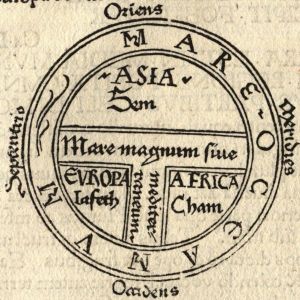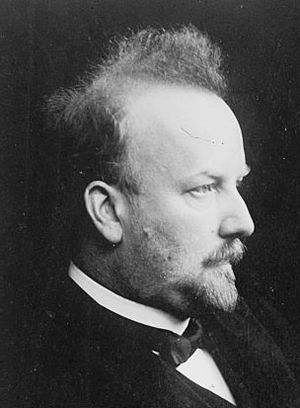A handy reference for the background to early Christianity is coincidentally titled Backgrounds of Early Christianity. The author is Everett Ferguson. Since Doherty discusses Middle Platonism as one of the intellectual matrices to the New Testament epistles, and since relatively few nonspecialists know much if anything about Middle Platonism, here are some notes from Ferguson’s introductory explanation. (I tried to start out with John Dillon’s book but by far too detailed as a beginner’s reference.)
We all have heard of Plato, whose life spanned the fifth and fourth centuries BC. Plato was not as dominant as a philosopher in his own day as he came to be in the early centuries of the Christian era. Ferguson notes that the Church Fathers took their theology largely from the framework of Plato’s philosophy. (p. 335)
Middle Platonism is the name given to the philosophical ideas ultimately derived from Plato (Platonism) in the period from the first century BC to the second century AD. It stands between the original era of Plato and his followers, and the Neo-Platonism that dominated in the declining stages of paganism.
The first century B.C. saw a revival in the study of Plato and Aristotle, who returned to a position of predominance they have not lost since. (p. 387)
I cite common ideas running through Middle Platonic schools of thought as summed up by Ferguson.
Rather than discuss the names mentioned, I have given them all hyperlinks to Wikipedia articles. (The reason I often link to Wikipedia is given in this post.) Continue reading “Middle Platonism — a few basics”








